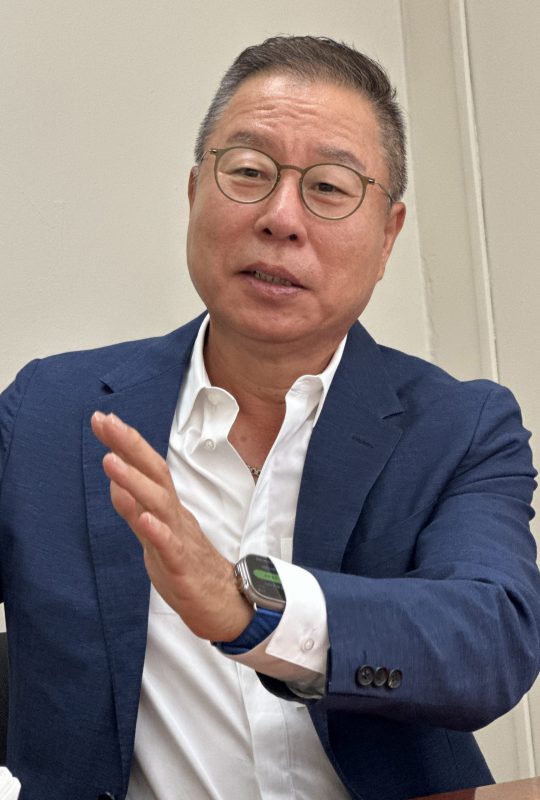Korean cuisine has emerged as one of the most dynamic dining trends in New York. In the heart of Manhattan, around Broadway and Fifth Avenue, Koreatown has grown into a global hub for Korean food, where traditional eateries coexist with Michelin-starred fine dining restaurants.
While traditional Korean restaurants laid the foundation in the 1980s, the recent wave of innovative ventures—from global franchise brands to creative second-generation restaurateurs—has elevated Korean cuisine to new heights. At the center of this evolution stands Gammeeok, the legendary seolleongtang (ox bone soup) restaurant.
A Bold One-Menu Strategy
Founded in 1990 by CEO Choi Hyung-gi, Gammeeok broke from tradition by focusing solely on seolleongtang. “I dreamed of creating the McDonald’s of Korean food with one signature dish—warm rice, ox bone soup, and good kimchi—even if it meant running into debt for three years,” Choi recalled.

This gamble paid off almost immediately. Within two days of opening, lines formed outside the restaurant. Gammeeok quickly became a must-visit spot for tourists and prominent figures alike, attracting dignitaries such as Samsung’s Jay Y. Lee, Hyundai’s Chung Mong-joon, and artist Nam June Paik. A second branch opened in Fort Lee, New Jersey, in 2001.
Choi’s single-dish concept had a ripple effect across the city’s food scene, inspiring the rise of specialty restaurants such as bulgogi-focused Samwoojung and pork soup specialist Okdongsik. Gammeeok’s success proved that in New York’s melting pot, a simple yet perfected menu could capture global attention.
Like many long-standing establishments, Gammeeok faced difficulties. Rising rents, labor shortages, and intensified competition led to the closure of several traditional Korean eateries, including Woochon Sikdang and New York Gomtang. Gammeeok itself shut its doors in 2015—but reopened the following year on the same street, stronger than ever.
Today, Seolleongtang accounts for 60% of Gammeeok’s sales, and more than 40% of its customers are non-Korean. The dish is increasingly perceived as a healthy, beauty-boosting meal, broadening its appeal to global diners.
Looking Ahead: Tradition Meets Innovation
Choi is now preparing for another transformation. He plans to sell Gammeeok’s Manhattan and Fort Lee locations while supporting a new model that blends traditional Korean dining with bar culture. “Fine-dining modern Korean restaurants are in vogue in New York,” he noted, “but for Korean food to go mainstream, we need new models that combine authenticity with accessibility.”
Choi views New York as the ultimate testbed for globalization:
“If you succeed in New York, you can succeed anywhere. A Korean restaurant here is not just a dining venue—it’s part of an ecosystem connected to wholesalers and Korean food importers, creating real industrial value.”
Gammeeok’s location in Manhattan remains one of the city’s busiest commercial districts, surrounded by hotels, banks, markets, Macy’s, and the Empire State Building. For Choi, this bustling environment represents both challenge and opportunity.
“New York is still the land of opportunity,” he emphasized. “If you fail to adapt, you won’t survive. But if you lead change, the possibilities for Korean cuisine on the global stage are endless.”
BY EUNYOUNG LEE [lee.eunyoung6@koreadaily.com]




